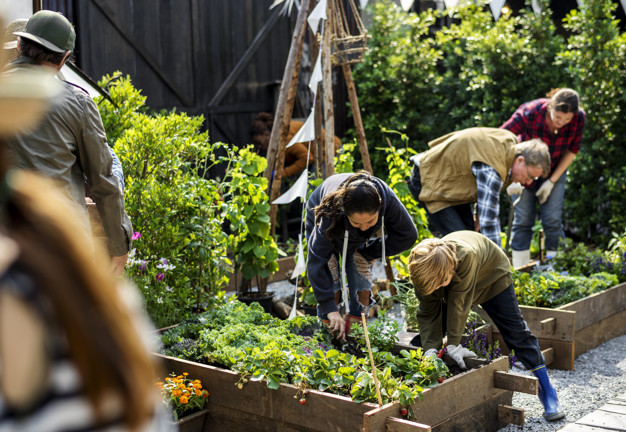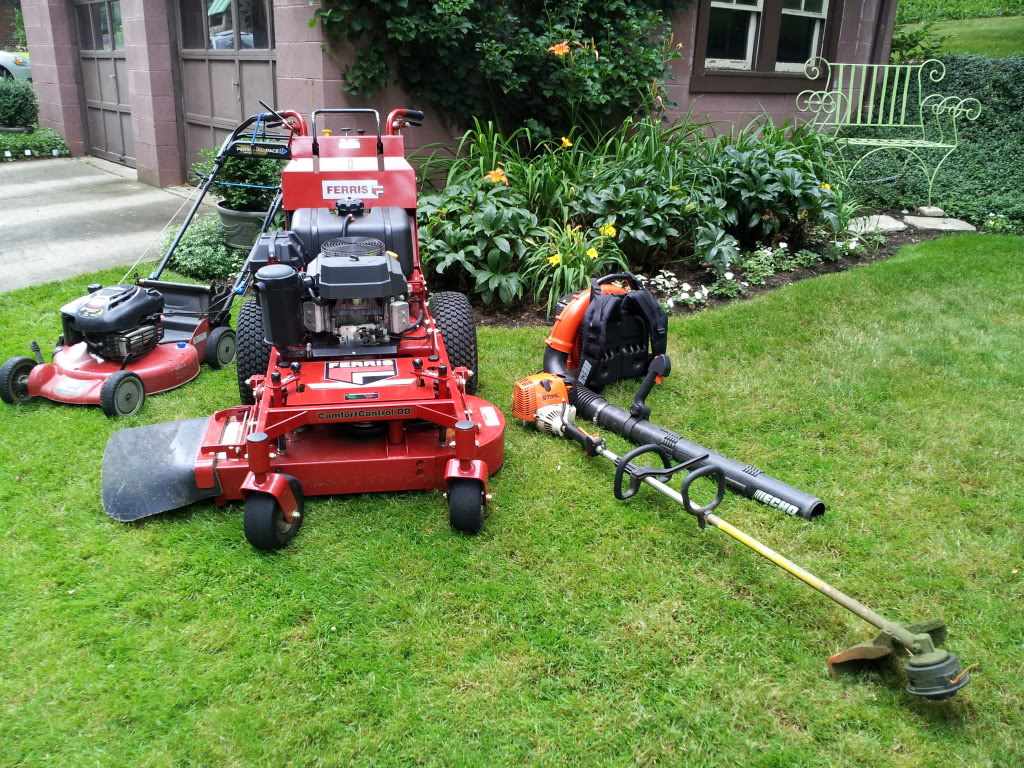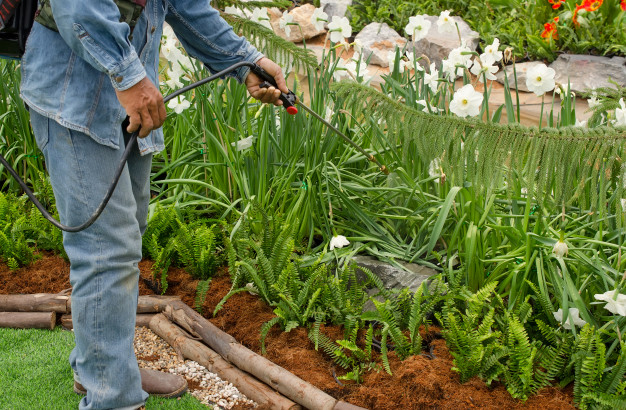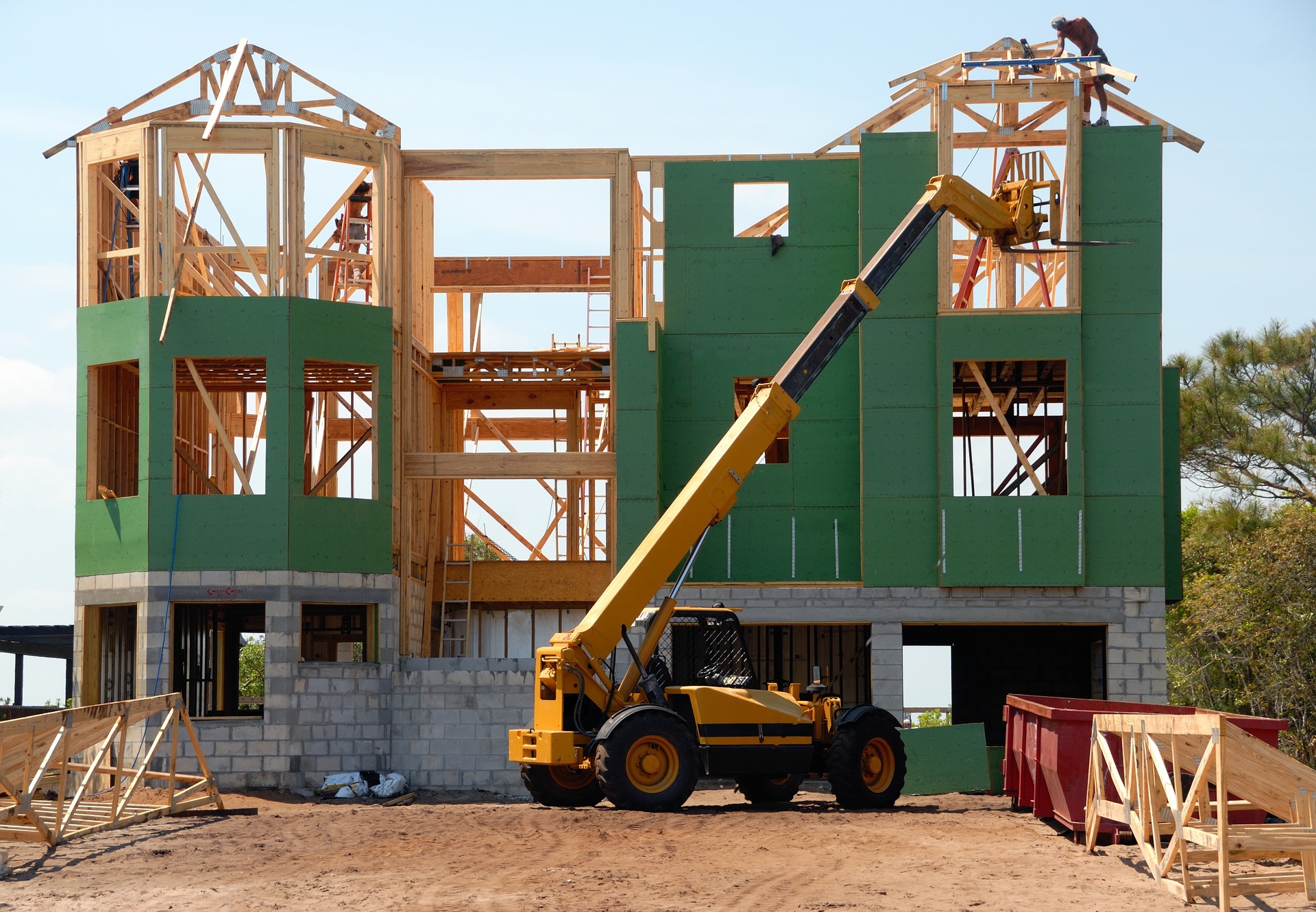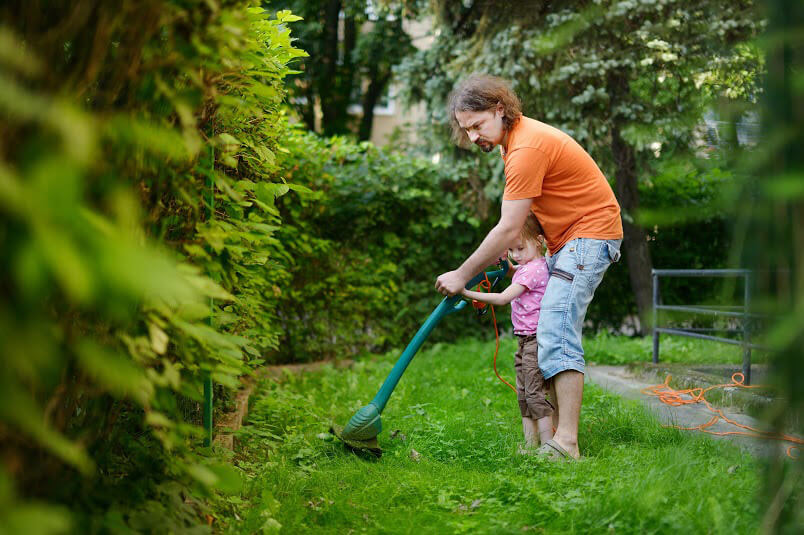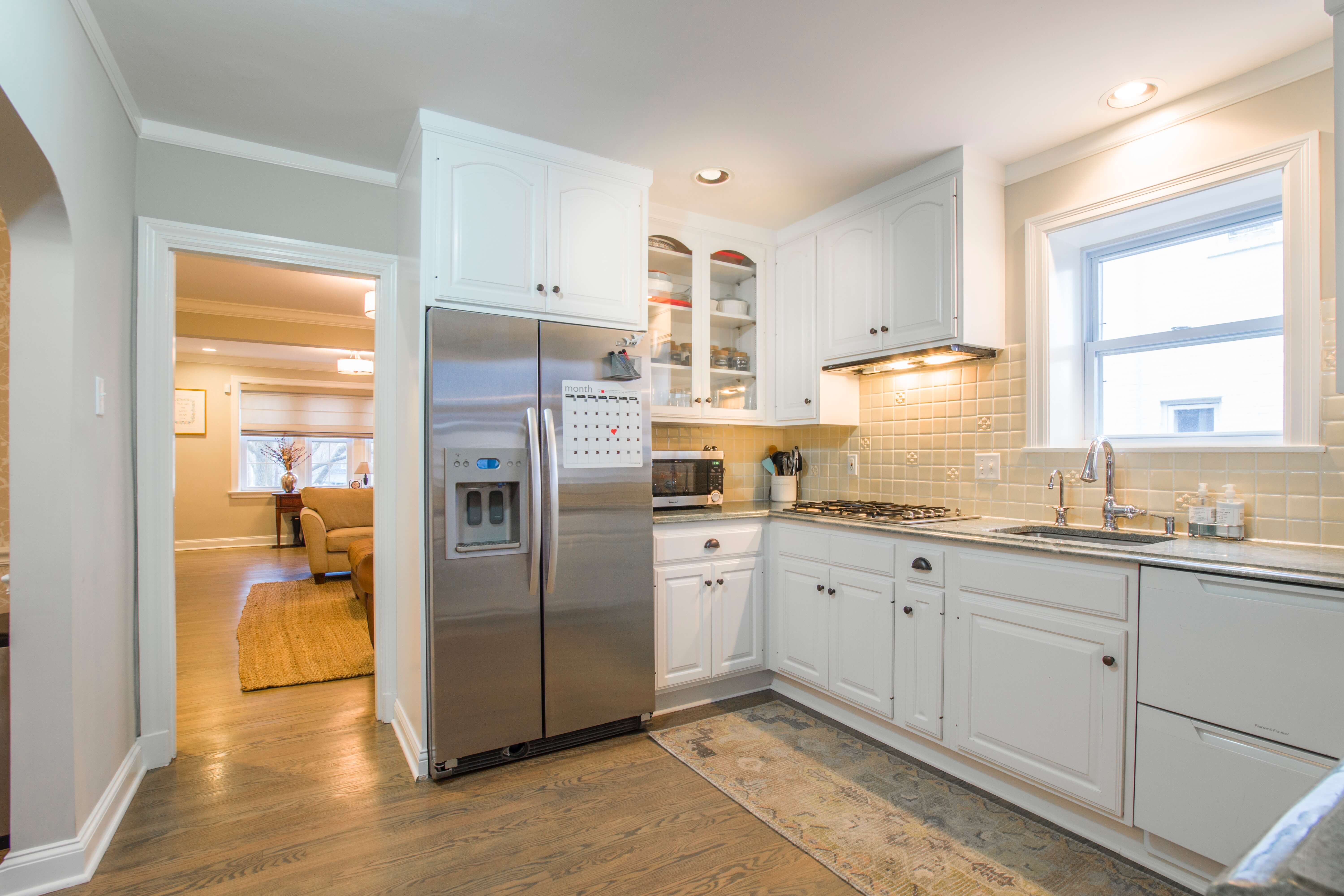Buying a new home has to be one of your greatest achievements. But with owning a new home comes a lot of responsibility. Aside from the renovations and paintings, you surely can’t forget your garden. After all, people do first see the exterior before actually entering your home. And you want a stunning yard that matches your exquisite interior, right?
If you’re new to landscape design, you might find the whole process intimidating. But we’re here to assure you that the creativity you displayed when arranging your rooms, is the same you can use outdoors. Below are a few ideas.
What are Your Needs as a Family?
You need to establish what your landscaping needs are as a family. Do you have any young children? If yes, then you need to ensure that you make provision for a kids’ play area. You don’t want all the space to be taken up by flowers, fountains, and trees.
Do you plan on doing a lot of gardening? Then you’ll have to create ample space for your gardening projects.
Use the Correct Equipment
Make sure you use the correct equipment for the job. You may be a DIY lover, but chances are you may not have the right equipment to undertake the necessary project. This is when you can consider equipment hire.
Seek the advice of reputable manufacturers to give you the best advice regarding the type of equipment you’ll need for a particular project.
Location is Important
The next thing you need to do is to determine the location where you want to place your different features:
- Where do you want your fountain to be?
- Do you want in a central position?
- Where will you place your patio?
Before picking a specific location, it’s important to consider the weather and sun elements. Do you prefer having sundowners on your patio as the sun is going down? It’s a wise idea to first study how the position of the sun changes throughout the day. This way you’ll know where exactly to position your patio.
You Can’t Do It All at Once
It’s important to remember that the landscaping design process takes time. You certainly can’t achieve your desired landscape vision in as little as three days. So why not take it one step at a time? Start with a small bed of flowers then move on to the bigger tasks like creating a fountain. Creating several goals will let the project seem less overwhelming, especially if you’re doing this for the first time.
Establish a Focal Point
When it comes to landscaping, it’s important that you establish the area where you want to draw attention to. Rather than going about it in a haphazard manner, why not add a few stunning items to shift the focus to. You can incorporate the following ideas:
- Adding a stunning piece of sculpture
- An exotic plant
- A bunch of bright and beautiful colors
- An eye-catching pavement
- Terraced stone steps
Coordination is Important
You may probably have many ideas regarding what you want your yard to look like. But what’s important is to make sure that everything is coordinated to avoid your backyard from looking chaotic.
You want to end up with a well put together look and you can try the following to achieve that:
- Design experts say that there’s something attractive about coordinating different shapes and sizes. This means you should avoid planting plants of the same size throughout your yard. Why not place tall plants behind a flat flower bed?
- You can also create a footpath that features a stunning combination of granite and marble.
- Make sure you have a theme in mind with regards to the color and type of flowers you use. This means you must ensure that you repeat certain colors and plants throughout your yard to achieve a coordinated look.
But while coordination is important, the last thing you want is to make your yard monotonous. Here you can consider adding some unique pieces that are totally unique so that they can stand out. This can include anything from:
- Fire Pits
- Outdoor showers
- Stone fireplaces
Budget-Friendly Plants
You don’t always need to spend a lot of money to design your garden area or front porch. To save on costs while creating a stunning yard, you can incorporate the following ideas:
- Opting for heat tolerant plants that won’t wither away prematurely after being exposed o extreme heat.
- Purchase plants that have low water requirements. In other words, opt for plants that don’t need regular maintenance like watering. These types of plants will definitely last you longer than some others.
- Install pavers in the middle of your lawn. This means you don’t have to water as much of the surface area.
Final Words:
We’re certain the above-mentioned tips will give you the head start you need to embark on your landscaping journey with a positive mindset. Always remember that landscaping takes time, so a lot of patience is required on your part.
Also, your tastes and preferences are likely to change as time goes by. A plant you thought was beautiful when you planted it may not look so appealing after a few months—and that’s okay. Be open to change and enjoy gardening for as long as you have the pleasure of staying there.
Read Also:













